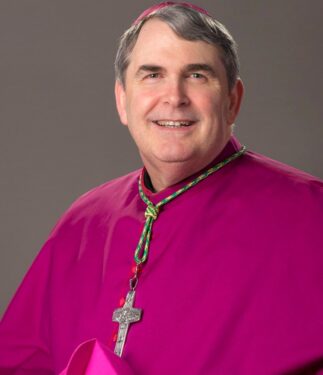
WASHINGTON — The Diocese of Buffalo announced May 28 that it will merge about one third of its 160 parishes to consolidate dwindling resources as it faces declining Mass attendances, aging congregations, a priest shortage, and financial challenges from filing bankruptcy four years ago.
The diocese will announce in late summer or early fall the churches that will close as it determines which ones can more feasibly remain open. The plan stems from the diocesan program it started five years ago called Road to Renewal.
The initiative is similar to efforts being taken up by other dioceses across the country in recent months facing the same challenges, including the Archdiocese of Baltimore, the Diocese of Erie, Pennsylvania, and the dioceses of Peoria and Joliet in Illinois.
“The Catholic Church in western New York is not the same as it was 50 years ago, not 20 years, not even 10 years ago,” said Buffalo Bishop Michael Fisher in a video announcement about the plan.
He said that “scaling back the number of parishes would best allow us to use our limited resources to help reenergize a spiritual renewal in the diocese.”
The specific parishes that will merge will be determined by priests and lay leaders who will review diocesan recommendations and either agree with them or present alternatives.
“To make the recommendations that will be presented to pastors, we examined parish demographics, sacramental participation, and financial support,” said Father Bryan Zielenieski, diocesan vicar for Renewal and Development. “We also looked at the variations of our urban, suburban, and rural parishes because factors like poverty rates, availability of transportation, proximity, and limited resources impact overall parish long-term vitality.”
According to diocesan statistics, 49% of parishes report a decline in registered households, 60% of parishioners are over the age of 60, and 59% of parishes have had a steady decline in baptisms, with more than half averaging just one baptism per month.
The diocesan priests are also aging with the average age of 76. By 2030, almost two-thirds of diocesan priests (63%) will be 65-70 years old.
The diocese is also still struggling financially after filing for bankruptcy in 2020 and attempting to compensate 900 claims of alleged sexual abuse by priests, religious, and other diocesan employees.
Bishop Fisher called the planned mergers “difficult changes,” but said they will “allow limited resources to be directed to the greatest needs in our community.”
